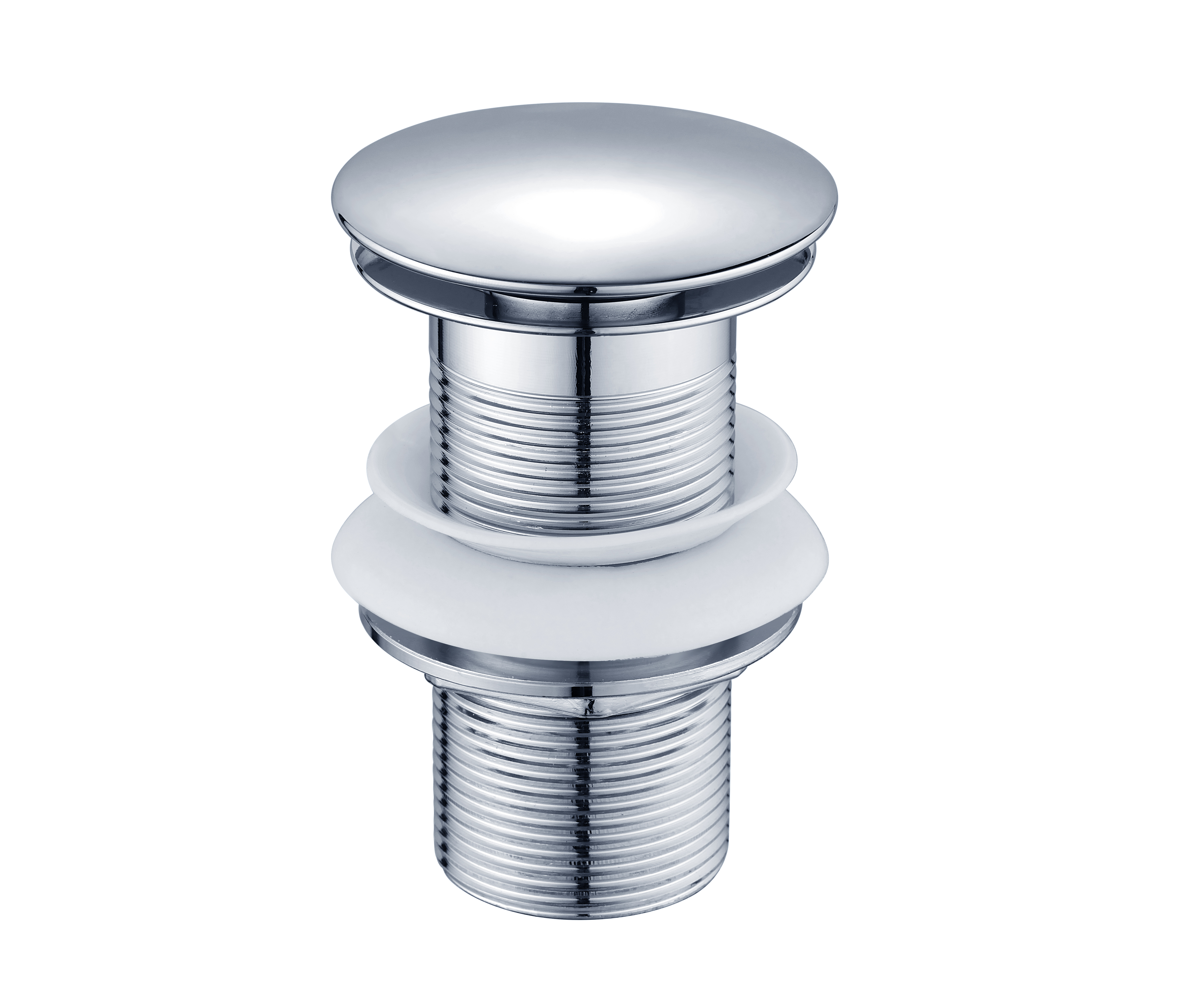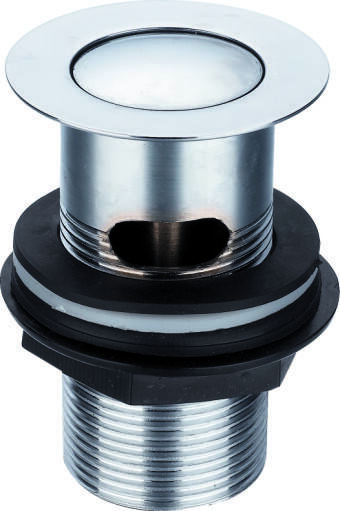Essential Features That Define Superior Wall Bracket Quality
When it comes to mounting solutions, durable wall brackets play a crucial role in ensuring the safety and stability of mounted items. From supporting heavy TVs and shelving units to securing industrial equipment, these essential hardware components must meet specific quality standards. Understanding what makes a wall bracket truly reliable can help buyers make informed decisions and avoid costly mistakes.
Material Composition and Construction
Metal Types and Their Properties
The foundation of durable wall brackets lies in their material composition. High-grade steel remains the most popular choice, offering exceptional strength-to-weight ratios and remarkable longevity. Stainless steel variants provide superior corrosion resistance, making them ideal for outdoor applications or humid environments. Aluminum alloys offer a lightweight alternative while maintaining structural integrity, though they may not match steel's load-bearing capacity.
Manufacturing Processes and Quality Control
Superior durable wall brackets undergo rigorous manufacturing processes to ensure consistent quality. Cold-formed steel brackets typically demonstrate better strength characteristics compared to cast alternatives. The welding quality, if present, should show uniform beads without porosity or gaps. Premium manufacturers employ advanced quality control measures, including stress testing and material verification, to guarantee each bracket meets specified standards.
Surface Treatments and Finishing
Protection against environmental factors significantly influences bracket longevity. Powder coating provides excellent resistance to scratches, chemicals, and moisture while maintaining aesthetic appeal. Galvanization offers superior rust protection, particularly beneficial for outdoor installations. Some manufacturers combine multiple surface treatments to achieve optimal durability and appearance.
Load Capacity and Structural Design
Weight Rating and Safety Factors
Professional-grade durable wall brackets should clearly state their maximum load capacity, typically incorporating a safety margin of at least 2.5 times the rated weight. This ensures reliable performance even under dynamic loads or slight overweight conditions. Buyers should consider not just the static weight of mounted items but also account for potential additional forces during installation or adjustment.
Design Elements for Enhanced Stability
Advanced structural design features significantly impact bracket performance. Reinforced gussets provide additional support at stress points, while strategically placed holes optimize weight distribution. The mounting plate thickness and hole pattern design influence overall stability. Premium durable wall brackets often incorporate anti-vibration elements and adjustable components without compromising structural integrity.
Installation and Compatibility Considerations
Mounting Surface Requirements
The effectiveness of durable wall brackets largely depends on proper installation and surface compatibility. Different wall materials require specific mounting hardware and techniques. Professional-grade brackets typically include detailed mounting instructions and may feature universal hole patterns to accommodate various wall structures. Understanding load distribution across mounting points helps ensure secure installation.
Hardware and Accessory Integration
Quality mounting hardware should complement bracket design. Grade 8 bolts and anchors appropriate for the intended wall type demonstrate attention to system integrity. Some manufacturers provide specialized fasteners designed specifically for their durable wall brackets, ensuring optimal performance and simplified installation. The inclusion of cable management solutions and leveling mechanisms adds practical value.
Versatility and Application Range
Adjustability Features
Modern durable wall brackets often incorporate adjustable elements to enhance versatility. Articulating arms, tilt mechanisms, and swivel joints should operate smoothly while maintaining stability. The range of motion and adjustment options must align with intended applications without compromising load capacity. Premium brackets feature tool-free adjustments and positive-lock positions for secure positioning.
Industry-Specific Requirements
Different sectors demand specific features from their wall mounting solutions. Healthcare environments require brackets that facilitate regular cleaning and maintain stability during equipment access. Commercial displays need security features and cable management options. Industrial applications often demand extreme durability and corrosion resistance. Understanding these sector-specific needs helps in selecting appropriate bracket variants.

Standards Compliance and Certification
Industry Standards and Testing Protocols
Reputable manufacturers ensure their durable wall brackets meet or exceed relevant industry standards. UL listings, CE marking, and ISO certifications provide assurance of quality and safety compliance. Third-party testing reports should be available upon request, documenting load capacity verification and durability testing results. These certifications become particularly important in commercial and institutional applications.
Documentation and Support
Comprehensive documentation, including detailed specifications and installation guides, indicates manufacturer commitment to product support. Technical drawings, load charts, and maintenance recommendations help ensure proper application and long-term reliability. Professional customer support and warranty coverage further demonstrate confidence in product quality.
Frequently Asked Questions
How do environmental conditions affect wall bracket durability?
Environmental factors such as humidity, temperature fluctuations, and exposure to chemicals can significantly impact bracket longevity. Choose brackets with appropriate surface treatments and material composition based on installation environment. Indoor applications generally require standard protection, while outdoor or harsh environments demand enhanced corrosion resistance.
What safety features should buyers prioritize?
Essential safety features include clearly marked load ratings, redundant locking mechanisms for adjustable components, and comprehensive installation instructions. Look for brackets with integrated safety stops and multiple mounting points. Professional installation is recommended for critical applications.
How often should wall brackets be inspected?
Regular inspection intervals depend on application and environment. Commercial installations typically require annual professional assessment, while residential applications benefit from visual checks every six months. Look for signs of corrosion, loose hardware, or structural deformation. Document inspections and maintain records of any modifications or repairs.

